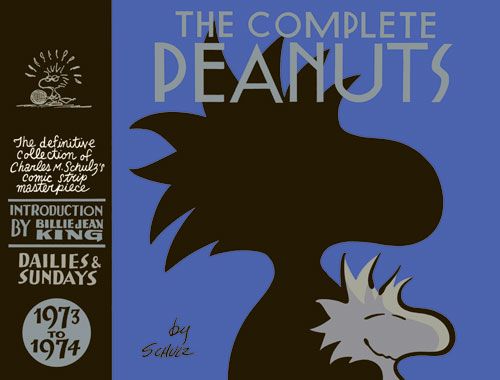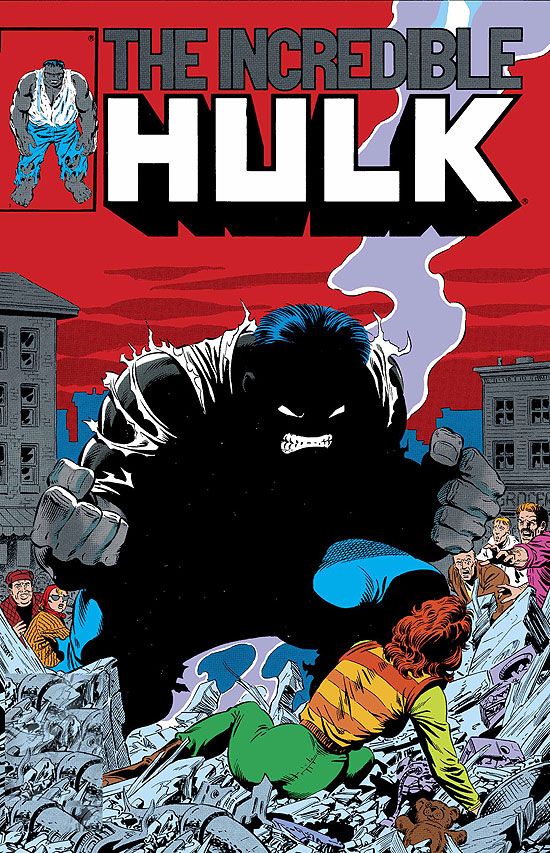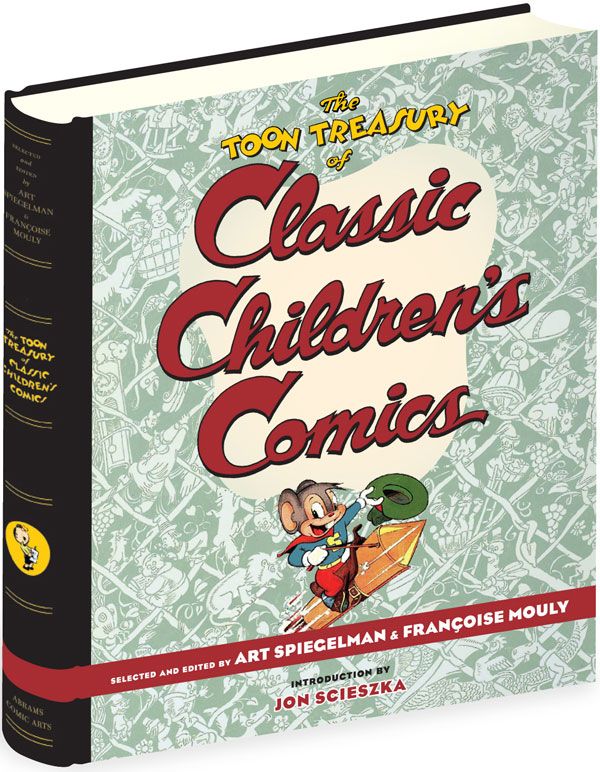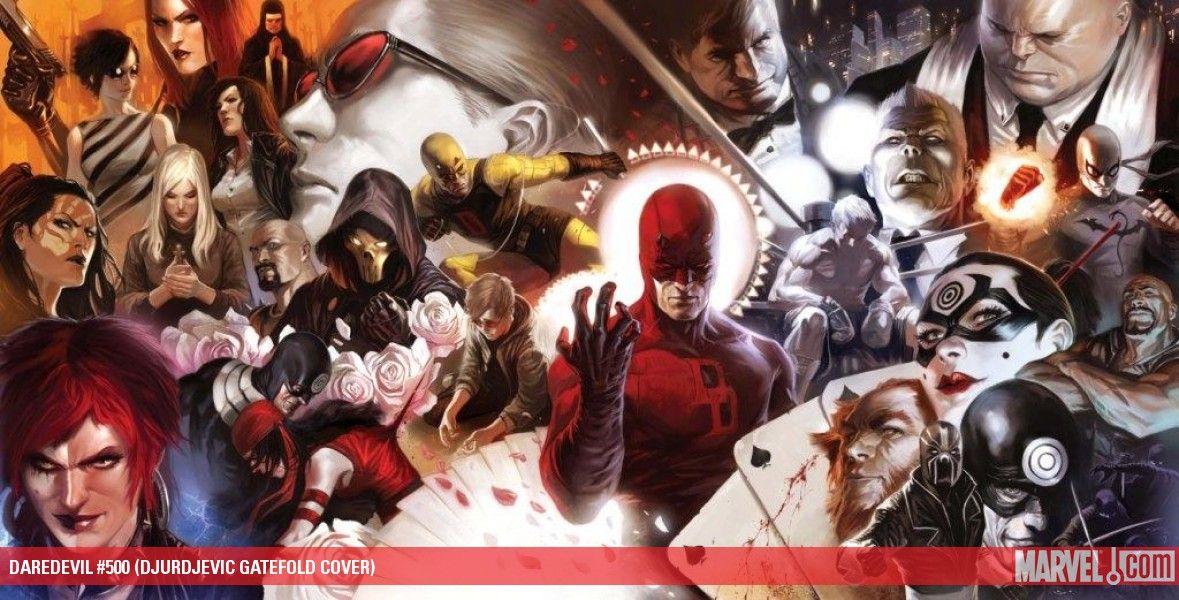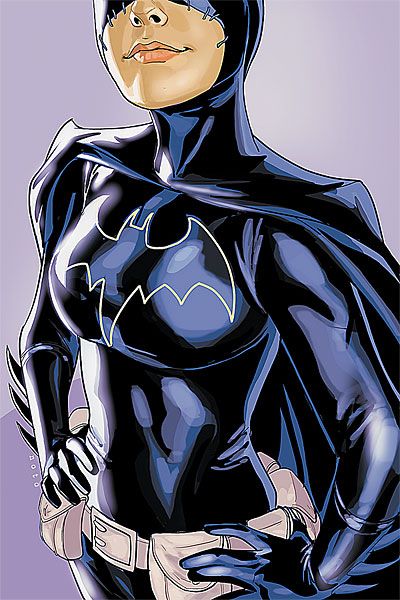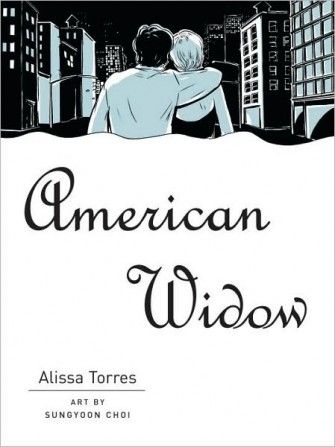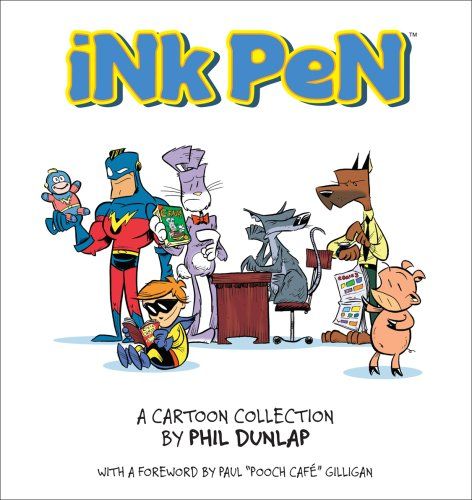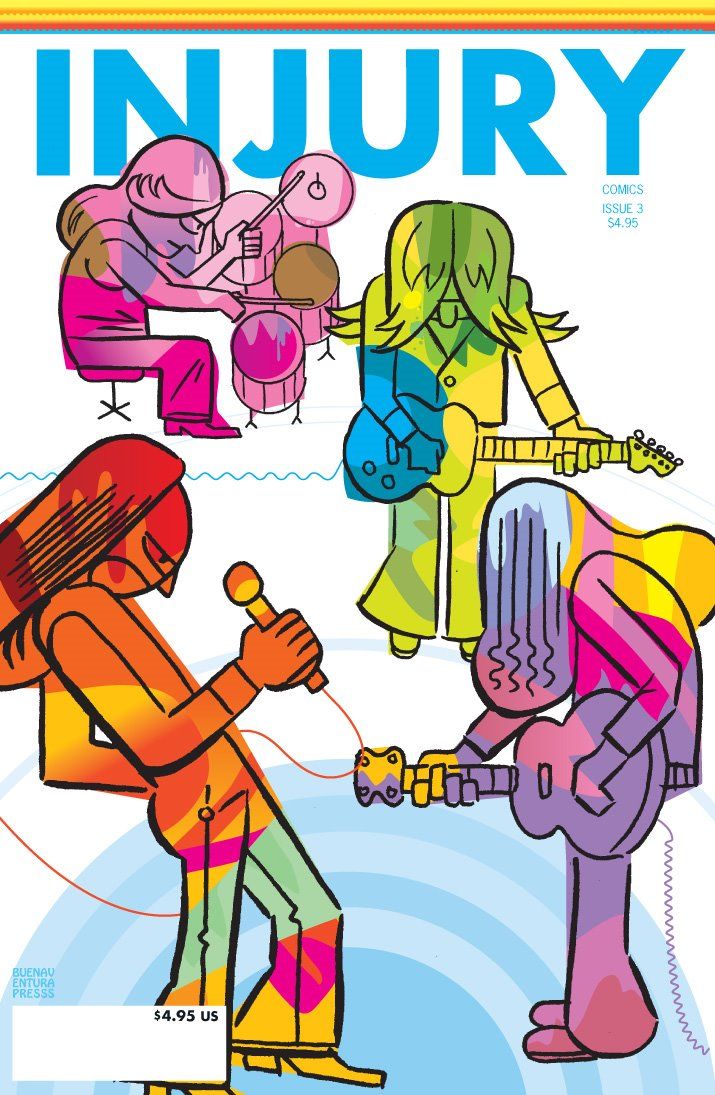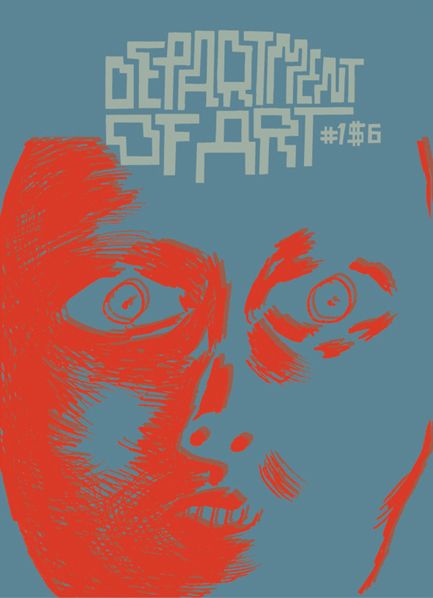Welcome once again to What Are You Reading. Our guest this week is the esteemed critic and blogger Robert Clough. Rob is probably best known for his contributions to the seemingly now inert Sequart.com, though you can find most of his recent reviews on his blog, High-Low.
To see what Rob and the rest of us are reading, just click on the link below ...
Tom Bondurant: Just finished up the first collection of Hulk Visionaries: Peter David, which finds ol' Doc Banner transforming at sundown into the unsavory gray Hulk. Most of the book involves SHIELD and an array of Hulkbusters in various shades of gung-ho. It didn't seem to me that David had developed his signature style at this point in his career, and at times his dialogue reminded me of Marv Wolfman's. (That's not necessarily a bad thing.) Accordingly, the book tended to blur together into SHIELD vs. Hulk, with X-Factor in a couple of issues just for the heck of it. However, what really jumped out at me were Todd McFarlane's pencils. This was pretty early in McFarlane's career too, so his figures were pretty highly stylized, and almost too cute for the subject matter. His Hulk was suitably grotesque and menacing, but it never really fit with the chubby-cheeked Rick or the spindly, saucer-eyed Bruce.
Thanks to my LCS's half-off shelf, I am currently enjoying Essential Avengers Vol. 3, which is full of Roy Thomas/John Buscema sturm und drang. Early on, I was getting a bit tired of the Goliath/Hawkeye relationship -- are they rivals? best buds? secret lovers? -- and the Magneto and Hercules subplots threatened to wear out their welcome as well. However, at the halfway point I've been impressed by two stories: the Crimson Cowl/Masters of Evil arc (especially its twist ending) and the Scarlet Centurion's alternate timeline. The Black Panther also makes a good addition to the team. Hard to work up much sympathy for Hank Pym, though, knowing what's in his future....
Matt Maxwell: Cursed Pirate Girl
Jeremy Bastian, writing and art.
I first heard about this book at SDCC in 2008, where I met Jeremy Bastian by The Century Guild's booth (home of fine Art Nouveau and Art Deco collections as well as modern artists working in similar modes.). His work reminded me of what Arthur Rackham comics might look like if such a thing existed. It reads pretty well too, filled with fantasy around a piratical theme. Can't wait to finish this one up, but in the meantime, I'll go back and savor the lovely pages all over again.
More Dr. Strange essentials as well. Getting into the Bill Everett-illustrated stuff, which is wonderfully weird, maybe even just as much as Ditko's art.
Brigid Alverson: It has been a very eclectic week. I have been reading the Toon Treasury of Classic Children’s Comics, which is beautiful and very well put together. The book has an old-fashioned look, with creamy paper, a muted color scheme, and decorated endpapaers, and it feels like the hefty tomes I used to get every Christmas as a child. The comics include plenty of old friends — Little Archie, Little Lulu — and a few new discoveries, like Sugar and Spike. I was afraid the comics would be boring or too old-fashioned, but they seem to have identified a number of true classics. It’s all produced with loving care and pulled together with an essay on the history of comics that puts many of the featured creators into historical context. Good stuff.
I also took another walk on the superhero side — sort of — with a look at the first five issues of Irredeemable, by Mark Waid and Peter Krause. It’s … interesting. The main character, The Plutonian, is a superhero who has cracked from the stress and hostility of his job and gone on a rampage, slaughtering ordinary people and targeting his former colleagues as well. It’s certainly an interesting premise, and I like the fact that we get to see him as a sympathetic character in flashbacks as well as the comments of the other superheroes, but I question the validity of the premise, that a person can go in an instant from all-good to all-bad. It seems that even in his current rage, a character as noble as that would have some second thoughts about going on a murderous rampage. Still, it’s a good read with an interesting setup and side plot, so I think I will stay with this series.
I wandered over to the Rip Haywire site because I was interested in some of the old Milton Caniff comics archived there. Now I’m reading the title comic as well, and enjoying the creator’s gentle mockery of the action-adventure genre. It’s kind of goofy, and the three-panel gag-strip format works against it a bit—sometimes the punchline seems to come too quickly — but it’s a fun, light read, and I’m adding it to my RSS feed.
Tim O'Shea: Brigid, thanks so much for the tip on Rip Haywire, I'll be adding that to my Google Reader ASAP. I love how many folks that are influenced by Milton Caniff. Years ago, Kurt Busiek made me aware of Randy Reynaldo's all ages Rob Hanes Adventures another creator inspired by Caniff who knows how to create a fun tale.
Daredevil reached its 500 issue milestone this week, which includes a new tale by Ann Nocenti and David Aja. I didn't appreciate Nocenti as much as I should have when I originally read her run of the book. Sometimes you run across a page that briefly and perfectly captures what comics as a visual medium can do. Matt Murdock has always been a great hero for taking the weight of the world on his shoulders. And yet no matter how many times he gets knocked down or knocked out, he keeps going. Aja captures that burden in the last page of the story, when Daredevil stands in a doorway, hesitating for a moment, before breaking into a full run. The POV on the scene is behind Daredevil, seeing him run out the door, but Aja is able to convey the steely resolve of the hero's without showing his face or without any dialogue from Nocenti. Out of the many pages and plots crammed in 500, that is my favorite. As much as comics populate my life, rarely does a page give me pause like this one.
So Batgirl 1 launched this week. And if you judged the book by the one-page reveal/spoiler that DC Source did and the comments it inspired, you would think the creators killed a character, rather than launching a new book. (Honestly, I still get bewildered with folks that condemn a book without reading it, but it's what fuels most comic book internet discussion.) While I think Barbara Gordon deserves her own book (and will likely have one again), it's enjoyable to see her with a role in the book, potentially as a mentor (maybe more). Best of all, however, I think Bryan Q. Miller may be writing a Bat book that displays glimpses of a sense of humor. The Bat universe needs more of a sense of humor.
I was really looking forward to Fred Van Lente's Chameleon arc on Spider-Man as I assumed he was teaming up with Barry Kitson for the whole arc. While Van Lente's giving us a great Glory Grant and a change in the Peter Parker working for J. Jonah Jameson dynamics, artist Robert Atkins is pencilling 603 and he's no Kitson. I thought Marvel juggled creative teams on arcs — not in the middle of arcs. Kitson returns to the arc in issue 604, but I really wish he could have been given the time to draw 603 as well. Alas, one of the causalities of keeping a weekly schedule, no matter how much advance planning Marvel editorial may execute.
Michael May: I'm reading Alissa Torres' American Widow and while I'm VERY hesitant to criticize the memoir of a woman who lost her husband on September 11th, I'm struggling with the presentation of the story so far. It's deeply personal — as it should be — but so much so that I feel like I'm missing important elements that could help me connect to it more. We get glimpses and half-memories of Torres' relationship with her husband, but not much that tells us what they were really like as a couple. We're told that she was very angry with him the morning of 9/11, but - so far anyway - we're not told why. Is that something that's revealed later? Or is it just too personal for Torres to share? IS there such a thing as too personal when you're writing a memoir about losing your husband on 9/11? I'm hoping it slows down and reveals more details as I keep reading. Right now, I can see how it must have been profoundly cathartic to write, but not so much to read.
Chris Mautner: I finally got around to finishing The Vietnam War: A Graphic History by Dwight Jon Zimmerman and Wayne Vansant. The book comes out next month -- the publisher (Hill and Wang) sent me an uncorrected proof. It's a very educational overview of the war, but sadly a deadly dull one as well. Vansant's illustrations are just that; there's no real attempt to integrate the words and pictures together to form some sort of joined narrative. The two exist separately from each other, and Zimmerman's text overwhelms the text to the point where you even wonder why they bothered with pictures in the first place.
The only other notable thing about the book is how pro-military it is. While it tries (and for the most part succeeds) to provide a balanced account, there's no question it's general position is that the war could have been won had it not been for the media, an dissatisfied and squeamish public and politicians that were more concerned about re-election than doing the best for the soldiers. Johnson in general gets a much worse rap than Nixon, who comes off as decidedly shrewder and a better strategist.
I'm always on the look out for good comic strips, which is why I'm so happy to have discovered Phil Dunlap's Ink Pen, which recently got its first trade collection. It's a lively strip that breaks down genre barriers by taking place in a job referral agency for comic and cartoon characters. Thus, you have superheroes like Captain Victorious and Looney Tunes types like Ralston Rabbit interacting with each other for laughs. Dunlap is a smart, funny gag man too, and he gets a lot of mileage by having the characters rub up against each other in unexpected ways. This is one for the daily news feed.
Robert Clough: I make a point of reviewing all formats of comics: minicomics, original graphic novels from the big publishing houses, collections of classic strips, and of course the collected output from the best of the alt-comics publishers. Here's a snapshot of what's exciting me the most at the moment.
On the classic comics tip, I just finished reading THE COMPLETE PEANUTS: 1973-74, published by Fantagraphics. This was the first volume from this series that included strips that I remember reading as a child. Collections of PEANUTS were the first comics I ever read, instilling a love for the form that persists to this day. It's remarkable how sturdy the strip still was, 24 years into its run. The strip's tone was starting to shift a bit toward absurdism (with the introduction of the sentient school that Sally talked to) and gag-chasing (with Snoopy's writing), but there were still any number of poignant moments and even political statements. Schulz had tapped the well of having his characters personify neuroses and started using them a bit more directly.
I also read the HAPPY HOOLIGAN collection from the Forever Nuts line of NBM. Frederick Opper's strip, which began at the dawn of the modern newspaper trip, was a wellspring of inspiration for several generations of artists. Opper packed detail after detail that fleshed out the incredibly simple format of this strip: Happy the hobo tries to help out a situation without asking, makes a goof, and winds up getting punished by getting beaten up, taken to jail, or both. This volume is a "best of" from 1903-1913 and is a must for any fan of humor comics.
Buenaventura Press is defying Diamond's more strict policy by bundling three comics together in one package. That includes the third issue of Ted May & friends' INJURY COMICS, which would have been an absolute rock of the direct market 10-15 years ago; THE AVIATRIX #1, by Eric Haven, another in a series of off-kilter superhero/monster comics; and I WANT YOU #1 by Lisa Hanawalt. I've heard her name mentioned as an up-and-comer for a few months now, and it was frankly astonishing to see how fully-formed her grotesque but quirky her sense of humor is. While there are elements of Renee French (in terms of the quality of her line) and Lauren Weinstein (in terms of the humor and the sense of the grotesque), there's a groundswell of pure id that I rarely see in comics.
The publisher whose sensibility synchs up most with mine at the moment is Dylan Williams' Sparkplug Comic Books. I have a bunch of their recent books on my to-read pile, including Dunja Jankovic's DEPARTMENT OF ART as well as the collaboration between Olga Volozova & Juliacks. Dylan has the uncanny ability to find artists who fit into his aesthetic sensibility while rarely interfering as an editor. A perfect example is the quirky, highly personal WINDY CORNER MAGAZINE, the third issue of which came out earlier this year. Austin English includes his own comics, guest comics, and reviews & features that feature artists covering other artists. English has excellent taste and has long had the ability to uncover bright young talents and bring them to light.
Speaking of which, let me briefly recommend a couple of mini-comics: THE NATURAL WORLD #2, by Damien Jay, and GREAT DEADS AGAINST THE DEAD #1, by Rob Jackson. Jay is an astonishing and imaginative artist deserving of wider recognition; this quasi-fantasy tale is one of his first attempts at a longer narrative. Jackson's line is crude but there's a direct simplicity and lack of artifice in both his genre depictions and deliberate attempts at getting laughs. As he continues to refine his line as well as his storytelling chops, his absurd sense of humor, I think Jackson will start to really draw some attention. As it stands, Jackson excels at telling straightforward genre stories that tend to veer off to some weird territories.
One last note: Carol Tyler's YOU'LL NEVER KNOW is my favorite book of the year thus far. This memoir/biography/scrapbook is both formally challenging and emotionally devastating. Any critic serious about compiling a year-end list needs to keep this book under consideration.

